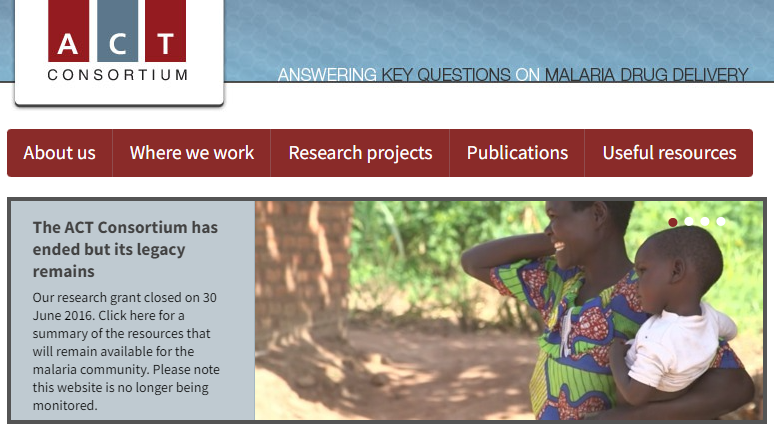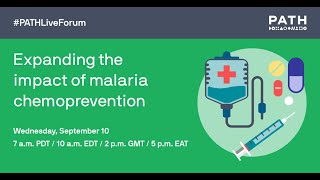Last Updated: 13/02/2024
Ag1000G Consortium
Objectives
Ag1000G is an international collaboration using whole genome deep sequencing to provide a high-resolution view of genetic variation in natural populations of Anopheles gambiae, the principal vector of Plasmodium falciparum malaria in Africa.
The three core objectives of the project are:
- Discovering natural genetic variation – By using high-throughput sequencing of a large number of wild-caught mosquitoes sampled from across Africa to build a comprehensive catalog of genetic variation in natural vector populations. The primary focus is A. gambiae sensu strictu and A. coluzzii, but we will be expanding to include A. arabiensis in the future.
- Describing the structure and history of vector populations – By analysing genetic variation data to characterise key features of natural vector populations, such as patterns of diversity, linkage disequilibrium and recombination, population structure and gene flow, signals of recent selection, and demographic history.
- Connecting genetic variation and population biology with ecology and malaria epidemiology – The aim is to study associations between genotype and broad phenotypes such as ecological specialisation and differences in local malaria epidemiology.
Sapienza University of Rome, Italy
Rutgers University (RU), United States
University of California, Riverside (UC Riverside), United States
Liverpool School of Tropical Medicine (LSTM), United Kingdom
Research Institute for Development (IRD), France, France
Virginia Tech, United States
Kenya Medical Research Institute (KEMRI), Kenya
New Mexico State University, United States
Institute of Hygiene and Tropical Medicine (IHMT), Portugal
School of Public Health Indiana University Bloomington, United States
University of Notre Dame, United States
Washington State University (WSU), United States
Imperial College London, United Kingdom
The Ag1000G Consortium involves researchers from several institutions around the world, including experts in Anopheles genomics, population genetics, epidemiology, and vector biology. The Ag1000G Consortium comprises members of two working groups, as well as affiliates involved in data production and analysis.
Angola
Burkina Faso
Cameroon
Côte d'Ivoire
Gabon
Ghana
Guinea
Guinea-Bissau
Kenya
The Gambia
Uganda

